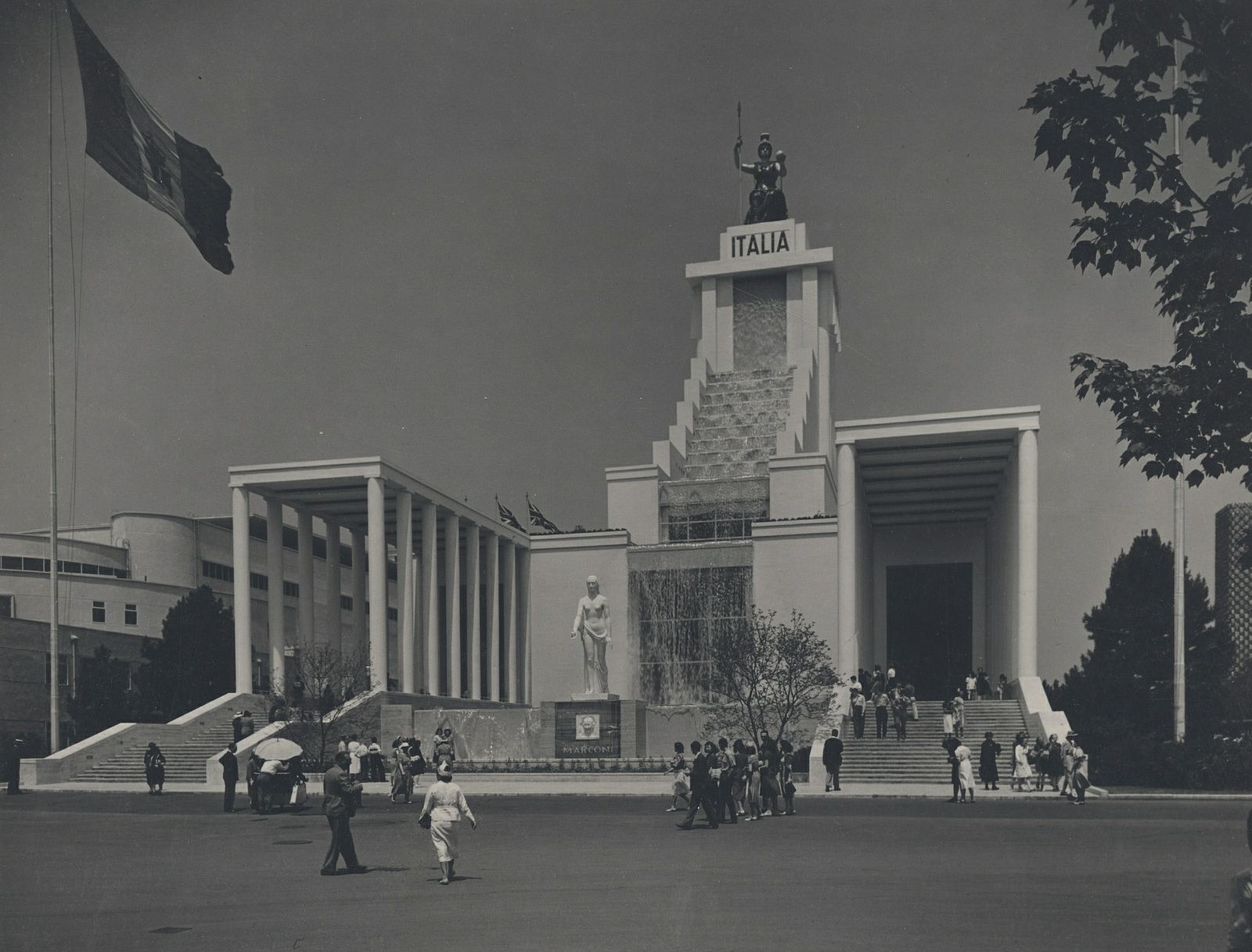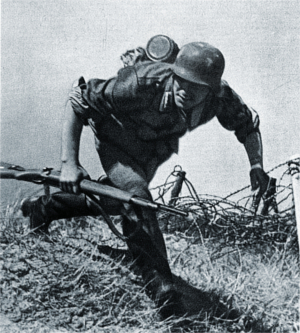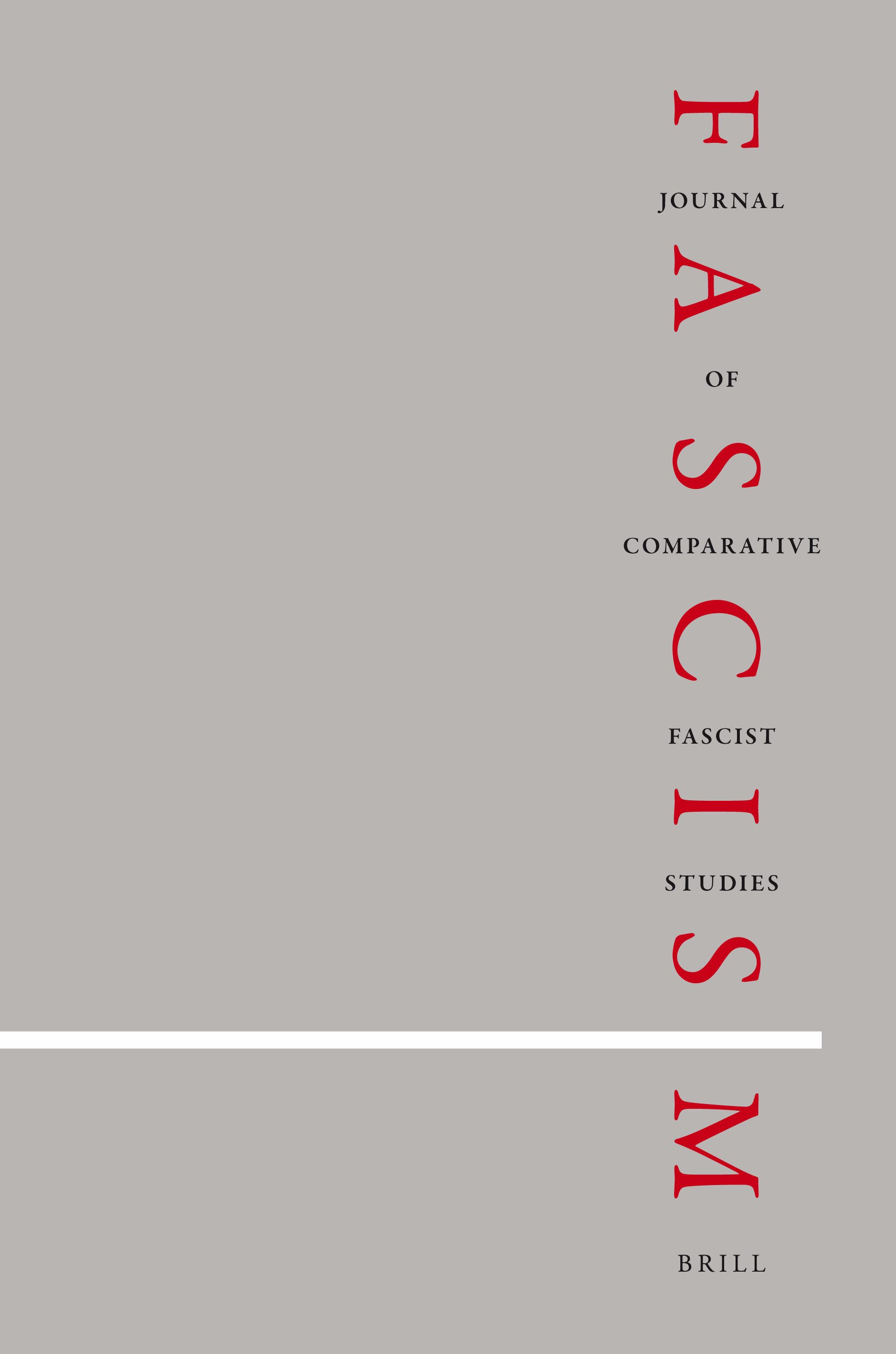
The Third Reich almost joined it, and some powerful New Yorkers such as Grover Whalen were willing to have it as a guest, but financial difficulties combined with popular backlash convinced Berlin to back out. Not so for Rome:
That the Fascist contribution to the New York World’s Fair was already benefitting through an early iteration of the ‘Italiani brava gente’ myth by the time Italy had been invited to remain open into the fair’s second year in 1940 is significant.
In some ways, the lack of animosity towards the representation of an outwardly bellicose and desperately belligerent Fascist Italy reinforces the prevalence of the brava gente idea and suggests just how unthreatening the régime was seen through the eyes of the world.
Not even after committing so many resources to the Francoist cause in Spain, invading Africa, proclaiming the reestablishment of the Roman Empire, or withdrawal from the League of Nations in a grand gesture of defiance towards what was left of the Wilsonian order was enough to draw the casual ire of the fair‐going public.
With regard to foreign opinion, Mussolini’s régime was at its most powerful when dealing in cultural terms. Its exhibitionist behavior and the ambassadorial emphasis placed on its cultural program by party leaders such as Dino Alfieri demonstrate that it was acutely aware of this.
The string of roughly biennial international expositions provided the régime with a regular opportunity to emphasize such cultural popularity and served to echo the widespread discourses on beauty which had become a hallmark of the Fascist brand.
Exhibitions permitted the régime to consistently build upon its narrative of monumental greatness and document its own process of cultural regeneration. This is illustrated quite plainly in its decision to promote its own upcoming international exposition in the national pavilion built in New York.
Almost paradoxically, the Fascist emphasis on culture both deflected from and accentuated its politics. Yet, put another way, in the words of Hannah Malone, ‘the régime’s true culture was always politics.’
(Emphasis added.)
This reflects the cluelessness and indifference that generic antisocialists have towards Italian Fascism today. Many of them purport to oppose Fascism, but it is pretty clear talking to them that their understanding of it (e.g. ‘the government controls everything’) is shallow at best, and you are unlikely to find more than a few who can name Fascist Italy’s atrocities in Africa and elsewhere. (I really wonder if they can even recognize Fascism’s basic history, like the March of Rome or the reinvasion of Ethiopia.)
Bonus: reminders that Fascism was capitalism in decay.
Whereas the more visible, exterior elements were indeed imported from Italy, the majority of the structure was made of American materials and assembled by American labor. While most of the wood used for the pavilion came from Idaho, the frame of this structure was composed of steel purchased from the Bethlehem Steel Company of nearby Pennsylvania.
[…]
Meanwhile, the régime’s ostensibly genuine belief that participation at the 1939 fair would yield certain desperately needed financial advantages is evidenced in the advertisements of private companies which adorn several editions of fair guidebooks. Selected private vendors housed within the pavilion offered everything from custom leather goods and designer fashion to spaghetti and imported mineral water.
Advertisements, such as the one for Milan‐based Società Italiana Ernesto Breda, whose images add a burst of color to the otherwise grayscale 1939 Vallecchi‐edited guidebook, promoted Italian‐made ‘military tractors, aircraft, machine guns, rifles, hand grenades and bombs, and shells’, while an advertisement for the Turin‐based FIAT, which had benefitted tremendously from the régime’s recent conquest of Africa, also peddled ‘special motor vehicles for civil and military purposes.’
These advertisements can actually be interpreted as statements, in their own right, of Italian military capabilities, and were thereby as rhetorical as they were commercial. By exhibiting at the New York World’s Fair, Fascist Italy was able to again remind the world of its military potency and project an image of economic stability, when in reality, Mussolini had complained that same summer of having been ‘bled white’ by the Spanish Civil War.



deleted by creator